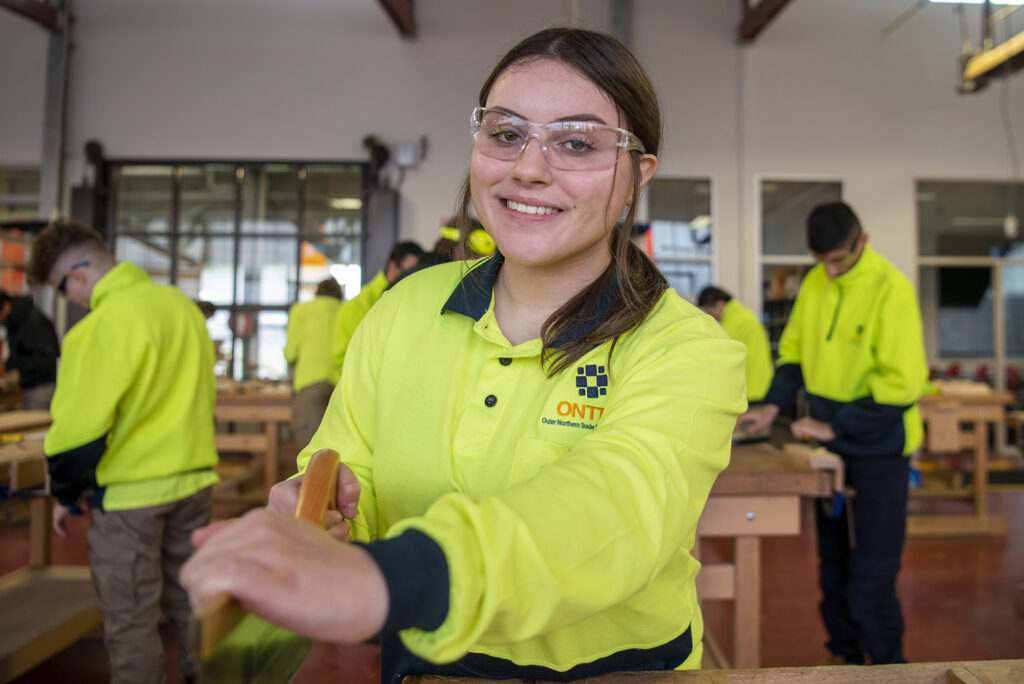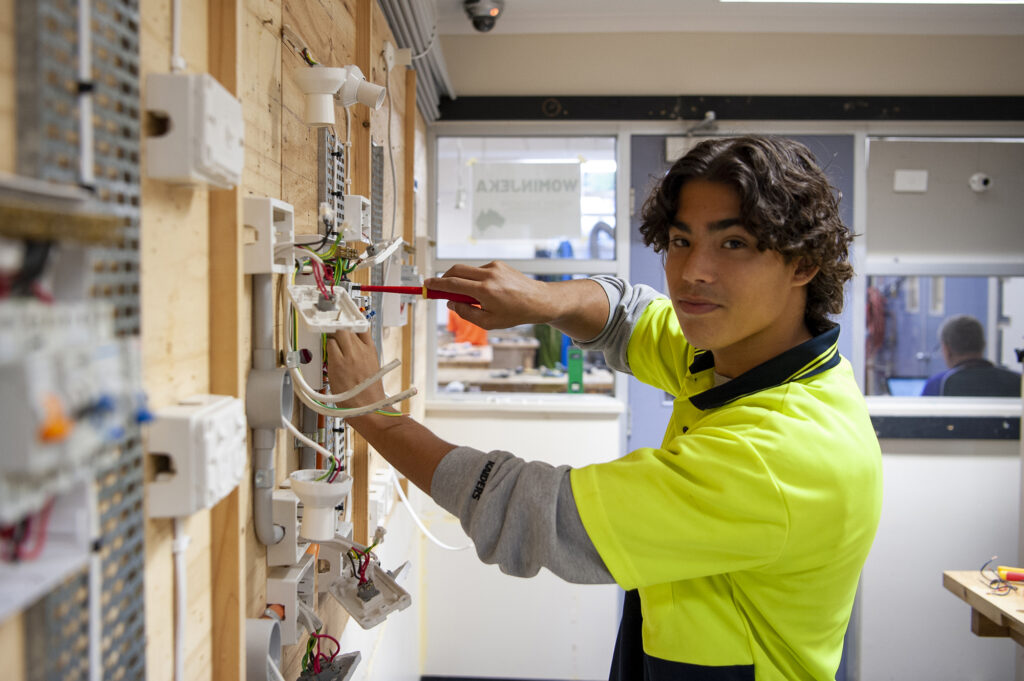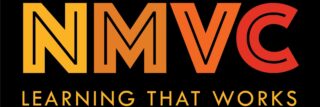


What is VDSS?
VET Delivered to School Students (VDSS) allows secondary students to gain practical skills in a specific industry while contributing toward the completion of the Victorian Certificate of Education (VCE), VCE Vocational Major (VCE VM) or Victorian Pathways Certificate (VPC).
Features of VET
- VET enables students to gain qualifications for all types of employment, and specific skills to help them in the workplace.
- Undertaking VET while at school allows students to mix general and vocational education and to make a start on training for a career before they leave school.
- VET programs are typically completed over two years and provide students with a qualification or partial completion of a nationally recognised certificate.
- Students can also study VET through school-based apprenticeships or traineeships (SBATs).
Benefits of VDSS
- VET programs contribute directly to the VCE, VCE VM and VPC and can contribute towards the ATAR score.
- Students gain industry experience and employability skills.
- Creates a pathway to further study.
- Provides opportunities to develop effective relationships with industry employers.
- Enhances knowledge of employer and workplace expectations.
- Develops the capacity for teamwork and leadership.
For more information visit VCAA.
What VET is Right for You?
To discover what VET course is right for you, explore these helpful Get VET resources including videos and success stories. Also, talk to the relevant teachers or coordinators at your school to assist you on the right pathway.
Credit Towards the VCE, VCE VM and VPC
VCE VET programs are made up of VET qualifications approved by the Victorian Curriculum Assessment Authority (VCAA) to contribute towards the VCE, VCE VM or VPC. All VCE VET programs contribute to VCE Units that provide credit towards the VCE and VCE VM in the same way as a VCE study. Most VCE VET programs can provide credit for VCE Units 1-4. A small number of shorter qualifications can provide credit for CVCE Units 1&2 only. Each completed 90-hour block of VET equals one VPC credit.
If you choose to do a VET qualification that is not from a VCE VET program, you may be eligible for credit towards your VCE, VCE VM or VPC. This is called block credit recognition. To receive block credit recognition, the qualification must be at Certificate II level or above for the VCE and VCE VM, or Certificate level I and above for the VPC.
Study Scores and ATARS (VCE)
Some VCE VET programs are scored and some are non-scored. VCE VET programs with a Units 3&4 sequence can be included in the calculation of your Australian Tertiary Admission Rank (ATAR).
Scored VCE VET programs give you a study score for the Units 3&4sequencethat is achieved through school assessed coursework and an externally set examination. Scored VCE VET programs provide a study score that contributes directly to your ATAR, your primary four studies or as a fifth or sixth study increment.
Non-scored VCE VET programs do not give you a study score but they can still contribute to your VCE. When you receive a Units 3&4 sequence towards your VCE from a non-scored VCE VET program, they may contribute towards the calculation of your ATAR by the Victorian Tertiary Admissions Centre (VTAC). Check with the VET coordinator at your school.
Structured Workplace Learning (SWL)
SWL is designed to help students apply the skills and knowledge they learn in their VET program in an industry environment.
SWL Recognition
A student can gain credit towards the VCE, VCE VM or VPC by successfully participating in SWL and completing a Workplace Learning Record. For more information click here.
VCAA
The Victorian Curriculum and Assessment Authority (VCAA) is an independent statutory body responsible to the Victorian Minister for Education. It serves both government and non-government schools. The mission of the VCAA is to provide high quality curriculum, assessment and reporting that enables lifelong learning for every student. Learn more about VET and watch some videos by visiting the VCAA student information website.
Good Practice in VET: Preparing Secondary Students for Work
The Northern College of the Arts & Technology (NCAT) is a member of the Northern Melbourne VET Cluster of schools. Over 400 students from Government, Catholic and Independent schools in the cluster come to the college one day per week to access specialist programs and qualifications. Students from the college also access programs in some of the other schools. The Cluster enables the provision of a wide range of VET programs to students at NCAT and across the region. This Education Services Australia case study and the video below showcase NCAT’s commitment to good practice in VET.
